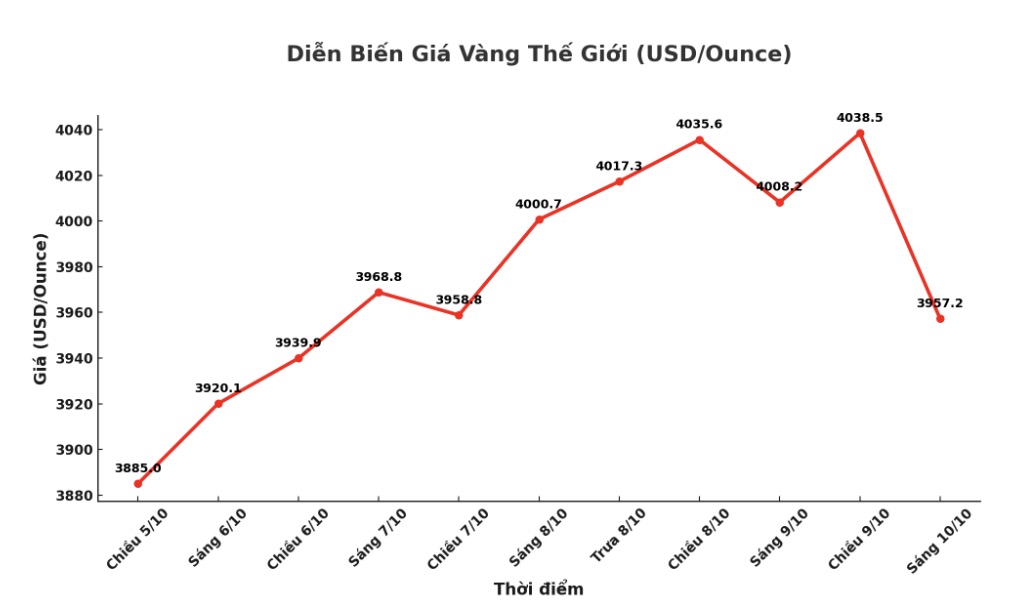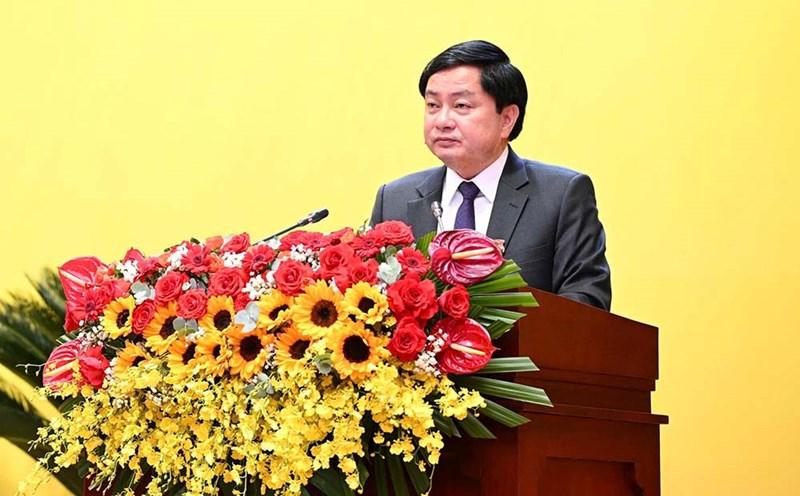Experts say that although demand may slow down as gold prices increase, this trend is unlikely to end soon, as more and more central banks are entering the market.
According to the latest data from the International Monetary Fund (IMF), Mr. Krishan Gopaul - Senior expert in EMEA region of the World Gold Council (WGC) - said that the Brazilian Central Bank bought nearly 16 tons of gold in September. He added that this was the first time Brazil increased its gold reserves since 2021, bringing the country's total gold holdings to 145 tons.

Updated data through the IMF shows that Brazil is the central bank that has been buying gold the most actively in the past month. Meanwhile, the People's Bank of China has only purchased 1 ton of gold, its lowest level since starting its buying cycle in 2022 (excluding the 6-month pause in 2024). The Czech Central Bank also increased its official reserves by nearly 2 tons, bringing the total amount of gold purchased in 2025 to 16 tons.
According to analysts, Brazil's move is receiving special attention from the market, as the country is a member of the BRICS+ bloc, including Russia, India, China, South Africa, Egypt, Ethiopia, Indonesia, Iran and the United Arab Emirates (UAE).
In a recent interview, Mr. Robert Gottlieb - an independent expert on precious metals, former CEO of precious metals at JPMorgan and HSBC said that global geopolitical and economic instability is boosting demand for gold, as central banks want to diversify away from the US dollar and US government bonds.
Gold is a completely different asset due to the current global geopolitical and economic context. Countries are telling themselves to diversify away from the US dollar. They do so because the globalization process is coming to an end. They are turning to gold because gold is not a premise, not based on credit or confidence in any specific country, he said.
In the long term, in the 1970s, gold accounted for about 74% of all official central bank reserves. This rate decreased to about 20% in the 1990s, but has now increased to nearly 40%.
Mr. Tavi Costa - partner and macro strategist at Crescat Capital - said that for the first time since 1996, central banks now hold more gold than US Treasury bonds.
Although official gold reserves have increased sharply over the past three years, Mr. Costa said there is still room for further increase and it would not be surprising if the proportion of gold in reserves returned to the high level of 50 years ago.
See more news related to gold prices HERE...











